Here are four different ways chemists use to show a molecule of carbon dioxide. In the colored molecule models, carbon is light gray and oxygen is red.
Click on image for full size
Windows to the Universe original artwork by Randy Russell.
Carbon Dioxide - CO2
Carbon dioxide (CO2) is a kind of gas. There isn't that much carbon dioxide in Earth's atmosphere, but it is still very important. Carbon dioxide is a greenhouse gas. That means it helps trap heat coming from the Sun in our atmosphere through the greenhouse effect. Without carbon dioxide in our air, the Earth would be very cold.
Where does the carbon dioxide in our air come from? When humans and other animals breathe, we take in oxygen and breathe out carbon dioxide. We use the oxygen to get energy from food - this is called respiration.
Burning things also makes lots of carbon dioxide. Natural fires like forest fires make carbon dioxide. Things that humans burn make CO2, too. The smokestacks of factories that burn coal give off carbon dioxide. The engines of cars, trucks, and buses also pump carbon dioxide into the air. They sometimes give off another gas, carbon monoxide, too.
Earth isn't the only place where carbon dioxide is important. Most of the atmosphere of Venus is CO2. The atmosphere of Mars is also mostly carbon dioxide. If carbon dioxide gets really cold, it can freeze into a solid. This kind of ice is called "dry ice". The polar ice caps on Mars are partly made of dry ice!
You might also be interested in:
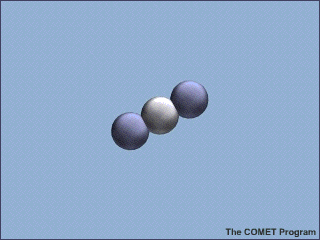
Even though only a tiny amount of the gases in Earth’s atmosphere are greenhouse gases, they have a huge effect on climate. There are several different types of greenhouse gases. The major ones are carbon
...more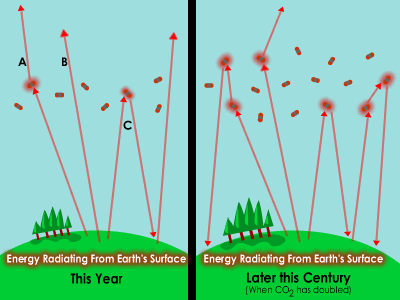
Energy from the Sun that makes its way to the Earth’s surface can have trouble finding its way back out to space. This is because of a natural process called the greenhouse effect. Without the greenhouse
...more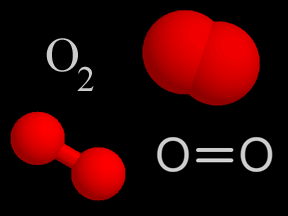
Oxygen (O2) is a kind of gas. A lot of the air you breathe is oxygen. That's a good thing, since we need oxygen to stay alive! About 4/5ths of the air in Earth's atmosphere is nitrogen (N2). Almost all
...more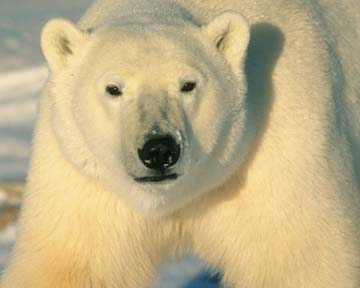
Respiration is the name of the general process where organisms convert sugars and oxygen into biochemical energy. The process happens in all organisms, including animals, plants, fungi, and bacteria.
...more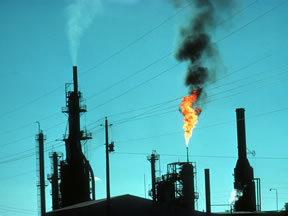
Air pollution comes from many different sources. Natural processes that affect air quality include volcanoes, which produce sulfur, chlorine, and ash particulates. Wildfires produce smoke and carbon monoxide.
...more
Carbon monoxide is kind of gas. It is poisonous. A molecule of carbon monoxide (CO) has one carbon atom and one oxygen atom. Earth's atmosphere has a small amount of carbon monoxide in it. The carbon monoxide
...more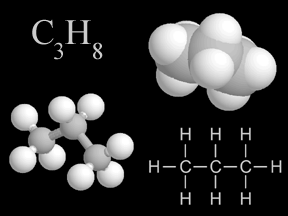
There is a group of chemicals called hydrocarbons. The molecules of hydrocarbons are made of hydrogen and carbon atoms. Most kinds of fuel have hydrocarbons in them. Hydrocarbons store energy. Coal, oil,
...more















